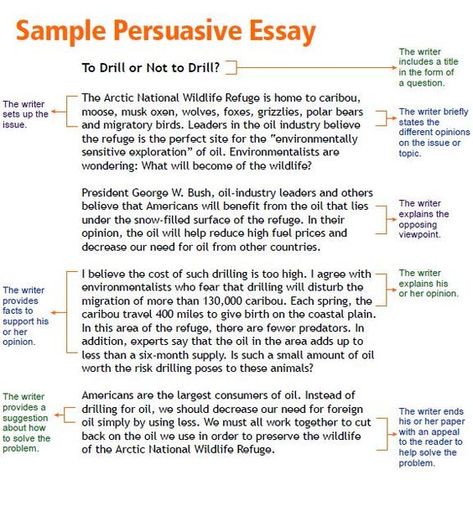You Can Write a Persuasive Essay Like a Pro

If you’re a student, you probably deal with essay writings all the time. We suppose, that if you’re reading this article, there is one question in your head that you need to solve, and that is “How to write a good persuasive essay?”. As you might guess, you cannot complete any type of writing if you have absolutely no clue about its definition. In order to get the ball of writing success rolling, let’s find out the definition and purpose of this type of essay. A persuasive essay, you might also know it as an argumentative essay, is a piece of academic writing where the writer uses his skills like logic and reason to prove that his or her point of view is more legitimate than any other. You must highlight clear arguments and support them by providing logical reasons, in order to complete your persuasive writing.
The majority of writers face one major difficulty while completing these types of assignments. When a student wants to write this kind of essay successfully, it is completely normal to ask a professor for the essay instructions and guidelines. The problem is that this help won’t go any further than getting a definition and this frustrated student won’t get enough instructions. You’ll be left with only a theme and a requirement to complete the essay by a deadline. With such a lack of information, brilliant ideas just couldn’t spark your inspiration. You should choose a topic that not only inspires you to write but also gives you tons of materials to research. After this introduction step, you can gather the pieces of information on how to write your persuasive essay.
What the structure of a persuasive essay looks like?
We are not going to scare you with a confusing structure that seems alien to you. Persuasive type of writing looks like a pretty standard essay with these main parts:
- Introduction – the first part of your essay where you’ll introduce the topic and present your thesis statement.
- Body- second part in which you need to state your facts and prove your thesis with convincible arguments, and do the opposite to the opponent’s arguments.
- Conclusion – the finale. This is the part where you’ll provide a logical ending and tie your thoughts together.
Still, the writing process might give you some troubles, so it would be handy to dig a little deeper. Let’s define the aim of these parts.
What is the most crucial part of the introduction? It is the thesis statements, which defines your point of view and the style of the whole essay. the introduction is the leader of the essay. the following parts are obliged to follow and defend the idea of it. Make sure to “hook” the reader with a fact related to your topic, an anecdote, and a quote. Think of something that would sparkle the interest of your reader.
The body paragraphs, situated in the middle of your writing prove the thesis statement with strong arguments.
Strange but true. Many students write the main parts of the persuasive paper and then get stuck with the introduction. You must pay great attention to this element of the paper. It’s not there just because somebody claimed so. It’s there for balancing out the essay and leading the reader towards a smart conclusion. In the final part – conclusion, don’t just paraphrase what you already wrote earlier. Try to show how your point of view is the right one. Do your best to make a person take action.

Handy Tips for Writing a Popping Persuasive Essay
In order to impress the lecturer, always use these persuasive essay tips to pop up your writing. Here are a few quick tips that will set you on the right path with your persuasive writing.
- Always state your position. Avoid obscurity, ambiguity, and surprise endings. Your audience should fully understand from the start where you stand and what you intend to argue. Use a strong and clearly worded thesis statement in your opening paragraph, and continue to use it as a reference point as you develop your argument.
- Be organized. As we said, the organization starts with a clear, argumentative thesis statement. This should be your reference point for the whole paper. Create an outline beforehand that identifies your thesis statement, lists major points, cites evidence-based supporting points, and makes note of potential counter-arguments. Use this as your model while you work.
- Know your audience. Who are you trying to persuade? Every audience has its own unique needs and wants. What may work with one audience may fall completely flat with another. Dream up a hypothetical audience. Write to persuade them, not your professor. By doing so, you’ll develop an argument that could actually function in the real world.
- Support your argument. If you have the choice, pick a topic that you are passionate about. But even as you channel your passion, keep your emotions in check. Don’t allow anger or bias to get in the way of a compelling argument. The key is that you must support your argument, with the aforementioned research, logic, and organization. Don’t be content to just state a point and expect it to win your audience over wholeheartedly. Present your argument, support it with strong evidence, analyze that evidence. This is what makes a good persuasive essay.
We are not even wondering why writing a persuasive essay is one of the most common tasks in the studying process. Writing a good persuasive essay polishes your skills of argumentative processes. When you master those skills, you’ll be more prepared to tackle any professional challenge in the future, regardless of the profession you choose.

